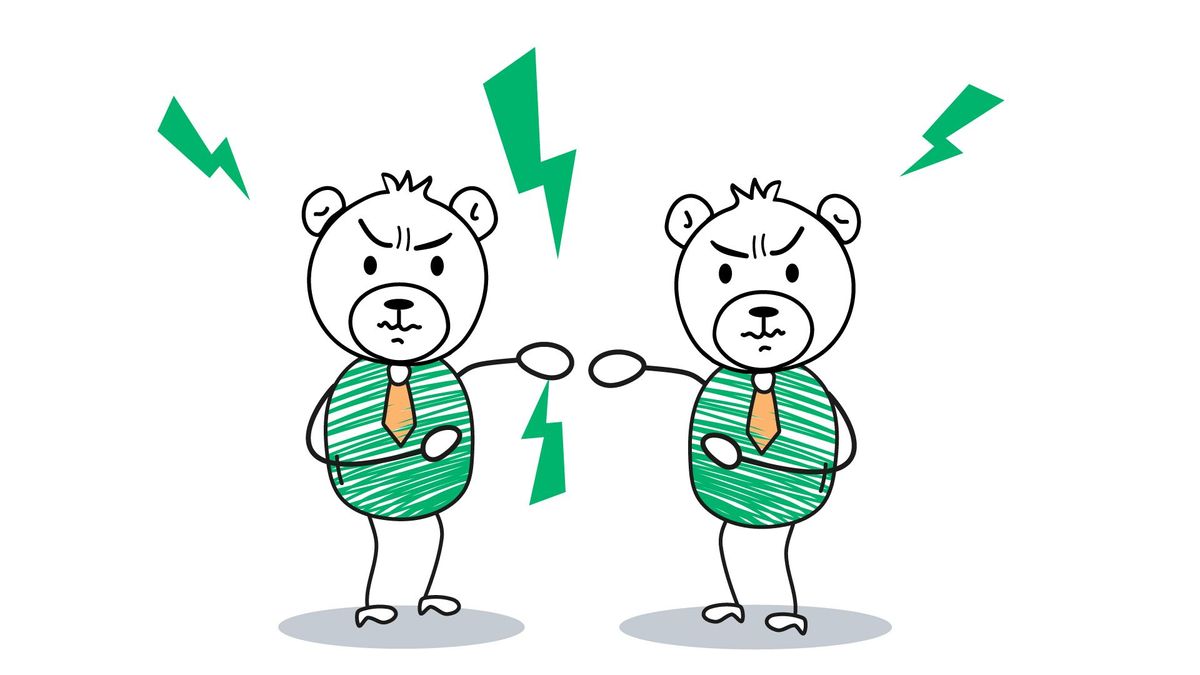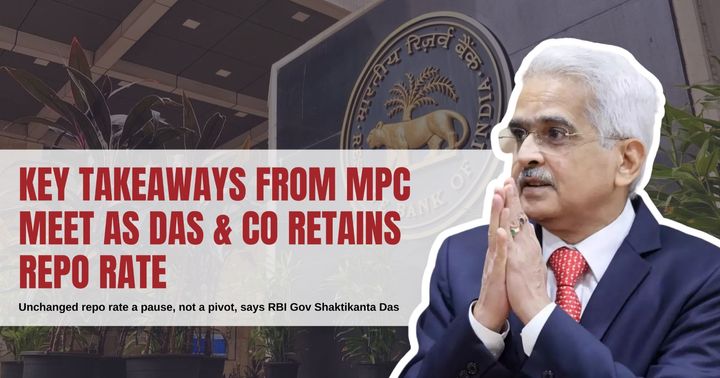Bear Put options Strategy VS Bear Call option strategy

Options are a type of financial derivative that provides the buyer the right, but not the obligation, to buy or sell an underlying asset at a predetermined price within a specified time frame. Options strategies are used by traders to either hedge their positions or speculate on the direction of the underlying asset's price movement. The bearish options strategies are used when traders expect the price of an underlying asset to decline. In this article, we will discuss two such bearish options strategies, the bear put options strategy, and the bear call options strategy, and the differences between them.
Bear Put Options Strategy:
The bear put options strategy is a simple options trading strategy used when traders expect the price of an underlying asset to decline. This strategy involves buying a put option with a strike price that is lower than the current market price of the underlying asset. The put option gives the buyer the right, but not the obligation, to sell the underlying asset at the strike price within a specified time frame.
For example, suppose the current market price of XYZ stock is INR 1,000, and a trader expects the price to decline. The trader can buy a put option with a strike price of INR 900, which gives the trader the right to sell XYZ stock at INR 900 within a specified time frame. If the price of XYZ stock declines, the trader can sell the stock at the higher strike price and make a profit. On the other hand, if the price of XYZ stock increases, the trader can choose not to exercise the option and only lose the premium paid for the put option.
Bear Call Options Strategy:
The bear call options strategy is a slightly more complex options trading strategy than the bear put options strategy. This strategy involves selling a call option with a strike price that is higher than the current market price of the underlying asset. The call option gives the buyer the right, but not the obligation, to buy the underlying asset at the strike price within a specified time frame.
For example, suppose the current market price of ABC stock is INR 1,000, and a trader expects the price to decline. The trader can sell a call option with a strike price of INR 1,200, which gives the buyer the right to buy ABC stock at INR 1,200 within a specified time frame. If the price of ABC stock declines, the buyer is unlikely to exercise the option, and the trader can keep the premium received for selling the call option. On the other hand, if the price of ABC stock increases, the buyer may exercise the option, and the trader may have to sell the stock at a lower strike price, resulting in a loss.
Differences between the two Strategies:
The bear put options strategy and the bear call options strategy have different risk-reward profiles. The bear put options strategy has limited risk, as the maximum loss is limited to the premium paid for the put option. On the other hand, the bear call options strategy has unlimited risk, as there is no limit to the potential loss if the price of the underlying asset increases significantly.
Another difference between the two strategies is the breakeven point. The breakeven point for the bear put options strategy is the strike price of the put option minus the premium paid for the put option. On the other hand, the breakeven point for the bear call options strategy is the strike price of the call option plus the premium received for the call option.
When to use these Strategies:
The decision of which strategy to use depends on the trader's outlook on the underlying asset and the risk tolerance level.
The bear put options strategy is suitable for traders who expect a moderate decline in the price of the underlying asset and have a limited risk appetite. This strategy provides the trader with downside protection, as the maximum loss is limited to the premium paid for the put option. This strategy is also suitable for traders who are not willing to take on the risk of selling an option.
On the other hand, the bear call options strategy is suitable for traders who expect a significant decline in the price of the underlying asset and are willing to take on a higher level of risk. This strategy provides the trader with the opportunity to profit from a decline in the price of the underlying asset while collecting a premium for selling the call option. However, the trader must be prepared for unlimited potential losses if the price of the underlying asset rises significantly.
It is also essential to consider the time frame in which the trader expects the price of the underlying asset to decline. If the trader expects a short-term decline, the bear put options strategy may be more suitable. However, if the trader expects a long-term decline, the bear call options strategy may be more appropriate as the trader can collect more premiums over time.
Note: Just like Bear Put Spread and Bear Call Spread are both bearish strategies but differ in some aspects, similarly, Bull Call Spread and Bull Put Spread are both bullish options strategies but they too differ in some aspects.
Learn about Bull Put options Strategy VS Bull Call option strategy to master the market.
Conclusion:
In summary, the bear put options strategy and the bear call options strategy are two bearish options strategies that traders can use to profit from a decline in the price of an underlying asset. The bear put options strategy is suitable for traders who expect a moderate decline in the price of the underlying asset and have a limited risk appetite. On the other hand, the bear call options strategy is suitable for traders who expect a significant decline in the price of the underlying asset and are willing to take on a higher level of risk. As with any options trading strategy, traders should carefully consider their outlook on the underlying asset and their risk tolerance level before using these strategies and should seek the advice of a financial advisor or an experienced options trader.
Learn Option series next reads:







Comments ()